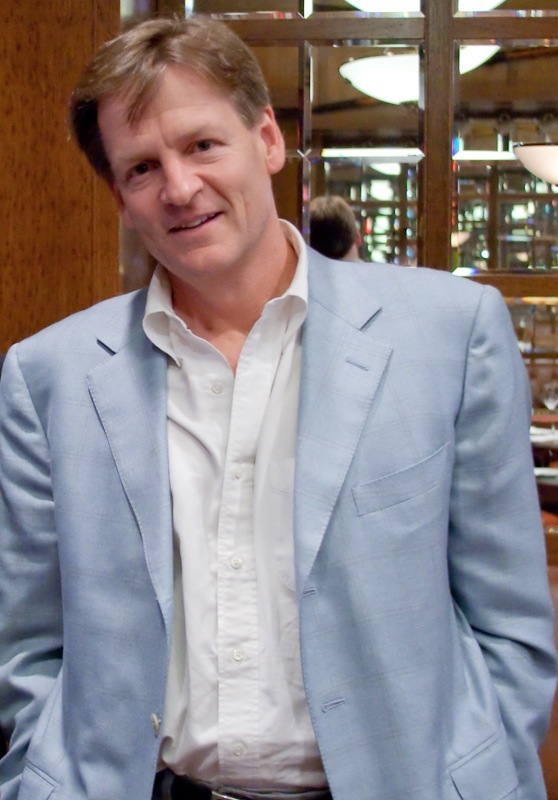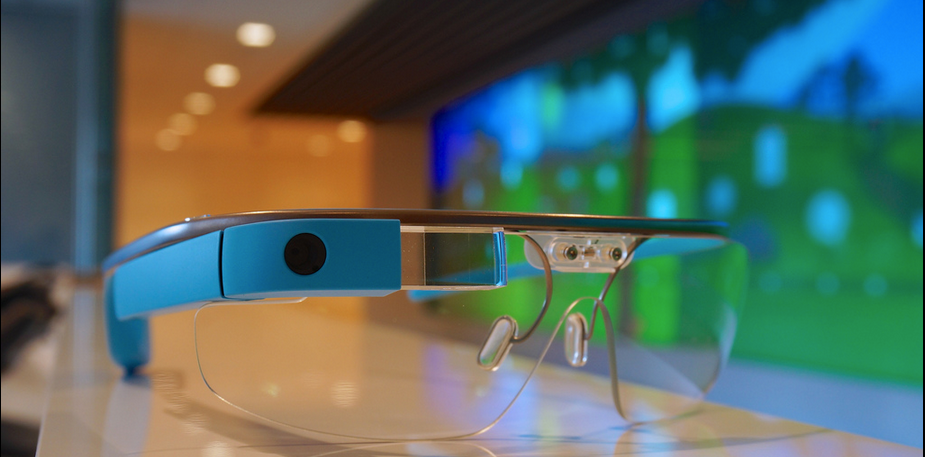
This autumn has graced us with some much-needed cooler weather here at Ketner Group, but the retail industry is still turning up the heat! Retailers are faced with data security concerns, mismatching omnichannel expectations, forecasting the holiday season and revitalizing the concept of physical retail.
Here are some of the hottest retail stories from this month:
Integrated Solutions for Retailers – “Kmart Investigates Payment System Breach”
Recently reported in Integrated Solutions for Retailers, Kmart announced a security breach of their payment data systems. According to a press release issued on October 10, Kmart’s parent company, Sears, filed a report with the Securities and Exchange Commission and Kmart immediately began working with an IT security firm. The breach was found to have started in September, caused by malicious software that was undetected by Kmart’s anti-virus software systems. The retailer was able to remove the malware, but has reported a number of credit card and debit card numbers were stolen. Kmart will be providing free credit monitoring protection to any customer who used a credit or debit card Sept. 1 2014 through Oct. 9, 2014. The company advises any customer concerned about the breach to contact their customer care center.
Wall Street Journal – “Amazon to Open First Brick-and-Mortar Site”
The Wall Street Journal recently reported that online retail pioneer Amazon.com will be opening its first physical store on 34th Street in New York City. The site is set to begin operation just in time for the holiday-shopping season. Chain Store Age noted that 50% of purchases made online are from a retailer with a physical location, and that Amazon’s move showed that the company prioritizes omnichannel retail, silencing melodramatic remarks on the decline of physical retail. It’s worth noting that the retailer has studied the outlet concept and scouted locations for years, and while the store remains experimental, Amazon’s timing couldn’t be better. If they do fully capitalize on the opportunity, the addition of physical immediacy to their pricing and delivery platforms will become an astonishing trifecta.
Chain Store Age – “NRF: Holiday Sales to rise 4%”
 According to a press release from the National Retail Federation and reported by Chain Store Age, holiday spending is forecasted to reach $616.9 billion, making it the first time since 2011 that holiday sales increased more than 4%. Retailers are expected to highlight competitive pricing and inventory exclusivity as Americans keep to their household budgets. NRF also predicts retailers will hire between 725,000 to 800,000 seasonal workers for the 2014 holiday season, a 14% increase from 2013.
According to a press release from the National Retail Federation and reported by Chain Store Age, holiday spending is forecasted to reach $616.9 billion, making it the first time since 2011 that holiday sales increased more than 4%. Retailers are expected to highlight competitive pricing and inventory exclusivity as Americans keep to their household budgets. NRF also predicts retailers will hire between 725,000 to 800,000 seasonal workers for the 2014 holiday season, a 14% increase from 2013.
OrderDynamics – “Retailers missing the mark on customers’ omni-channel expectations”
A joint study by our client OrderDynamics and Opinion Matters revealed that online retailers are not offering the services that customers want. For example, 54% of online shoppers want a named delivery date, but only 15% of retailers offer the service, usually offering next-day delivery instead, which only 10% of shoppers pay for. This mismatching of services is a critical weakness in omnichannel retail campaigns. Customers only see one relationship, and one engagement and discrepancies in meeting their desires anywhere, anytime, from any device could destroy the relationship entirely. For more information about the survey and the retailer benchmark, read the report ‘Customer Relationships: The rules of attraction’.
360pi – “Believe it or Not, Amazon is not the King of Cheap Online Prices”
Another recent report by our client 360pi partnered with Wells Fargo took an in-depth look at competitive pricing, indicating that Amazon’s pricing model is not as edgy as customers believe. The joint study found Amazon has lost to Wal-Mart and Target in key categories such as clothing, electronics and housewares. Furthermore, Target, whose products were shown by the study to be consistently 5% cheaper, announced that they will match Amazon as well as Wal-Mart. The study also notes that Amazon’s prices have been rising due to new investments, which may give a slight skew to the results. However, Time’s report says that the battle for online sales dominance is nowhere near over.




 I was born and raised near the Texas Gulf Coast in Lake Jackson. The town may be small, but being near both Dow Chemical and BASF oil plants, I got to meet many families who would transfer in on business. My family worked in-depth with the school district. My mother was and still is a teacher and my father was a clinical psychologist for the schools and probation systems in Brazoria, Wharton and Matagorda County. As a result, my family life revolved around education, and it is a subject that makes me feel the most at home. Both my parents are also musicians, and my father self-recorded and produced two full-length rock albums. I often remember certain periods in my life according to the musical phase I was in at the time. There’s not a lot of music I haven’t heard or can’t tolerate!
I was born and raised near the Texas Gulf Coast in Lake Jackson. The town may be small, but being near both Dow Chemical and BASF oil plants, I got to meet many families who would transfer in on business. My family worked in-depth with the school district. My mother was and still is a teacher and my father was a clinical psychologist for the schools and probation systems in Brazoria, Wharton and Matagorda County. As a result, my family life revolved around education, and it is a subject that makes me feel the most at home. Both my parents are also musicians, and my father self-recorded and produced two full-length rock albums. I often remember certain periods in my life according to the musical phase I was in at the time. There’s not a lot of music I haven’t heard or can’t tolerate!





